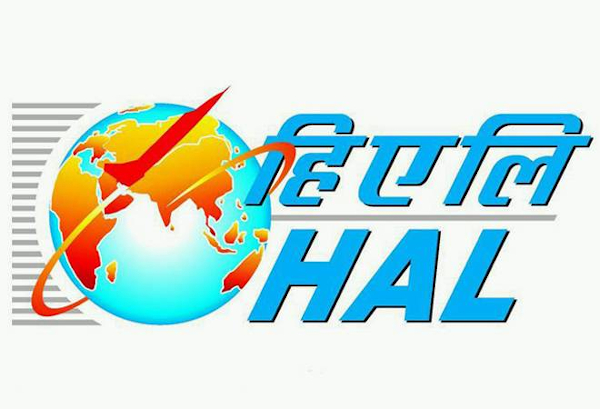Hindustan Aeronautics (HAL) on Monday announced the payment of interim dividend of Rs 33.25 per share, entailing a payout of around Rs 1,000 crore, mainly to the government.
HAL is also poised to scale another summit this year, with its operational turnover for 2019-20 on track to exceed Rs 20,000 crore — for the first time ever.
However, HAL has to take a bank loan to pay its interim dividend. That is because its finances are deep in the red because of huge dues from the Indian Air Force (IAF), by far HAL’s biggest customer.
Business Standard learns the IAF’s dues, which are for aircraft and services already delivered, is likely to be around Rs 17,000 crore — only a little less than its entire year’s turnover.
Contacted for comments, the IAF did not respond. However, senior air force officials, speaking on condition of anonymity, argued that the dues to HAL are not more than Rs 13,600 crore. Furthermore, according to the IAF planners, it is the defence and finance ministries that are holding up payments to HAL.
This unpaid bill reflects a rising trend that is evident in HAL’s annual reports. In 2016-17, the IAF’s dues to HAL amounted to Rs 3,995 crore; in 2017-18 it rose to Rs 6,751 crore; in 2018-19 it more than doubled to Rs 13,939 crore; and is likely to rise this year by another Rs 3,000 crore.
With HAL lacking money for day-to-day production, design and development, and even to pay salaries of employees, the once cash-rich defence public sector undertaking (DPSU) has had to turn to the banks for loans. HAL’s past two annual reports paint a picture of financial decline. Bank balances dropped from Rs 8,345 crore in 2016-17 to Rs 6,433 in 2017-18 to Rs 101 crore last year. This year, it will be in negative.\
Meanwhile, borrowings have steadily risen. HAL’s annual reports reflect borrowings of Rs 950 crore in 2016-17, which dipped slightly to Rs 764 crore the next year, before zooming to Rs 4,058 crore in 2018-19. This year, HAL is learnt to have already borrowed over Rs 8,000 crore and this is on course to rise by another Rs 1,500 crore for running expenses and dividend payouts.
It is unclear why the IAF has not been clearing its dues to HAL, even while making payments on schedule to foreign vendors such as Dassault. Every financial year since 2017-18, the IAF has been allocated the lion’s share of the military’s capital Budget: a 40 per cent share in 2017-18 (Rs 34,917 crore); 40.5 per cent in 2018-19 (Rs 36,481 crore); 42.5 per cent in the current year (Rs 44,869 crore).
For the coming year, the IAF has again been allocated 40.5 per cent of the services capital allocation, amounting to Rs 43,282 crore.
The firm’s annual report for 2018-19 takes note of the dues, but states in its “Significant Accounting Policies” that: “Debts from Government departments are generally treated as fully recoverable and hence the firm does not recognise credit risk of such financial assets. Impairment on account of expected credit loss is being assessed on a case to case basis in respect of dues for a significant period of time.”
Even if the IAF’s debts are fully recoverable, there are significant financial penalties that HAL is paying as a result of its disrupted cash flows. Prior to 2015, HAL’s hefty cash reserves generated income for the company. Today, its balance sheet reflects a growing “cost of finance”: Rs 10 crore in 2016-17, Rs 28 crore in 2017-18, Rs 170 crore in 2018-19 and, apparently, an even larger figure in the current financial year.
It is unclear what HAL’s board is doing to deal with this problem. A decade ago, the DPSU would have encountered no enquiries, since it was wholly government-owned. Now, however, with disinvestment having placed shareholding partially in public hands, the board is responsible for protecting the financial interests of public shareholders. HAL has not responded to queries from Business Standard.
Source: BS
Image Courtesy: Business Today
You may also like
-
Trade Connect E-platform For Exports Is Single Window, Fast, Accessible And Transformational: Shri Piyush Goyal
-
Dot Simplifies Approval Processes For Telecom Licenses And Wireless Equipment
-
Coal Production and Supply Trends on Positive Trajectory
-
Union Minister To Release Booklets On Promotion Of Indigenous Species & Conservation Of States Fishes
-
2nd India-Japan Finance Dialogue held in Tokyo on 6th September, 2024
